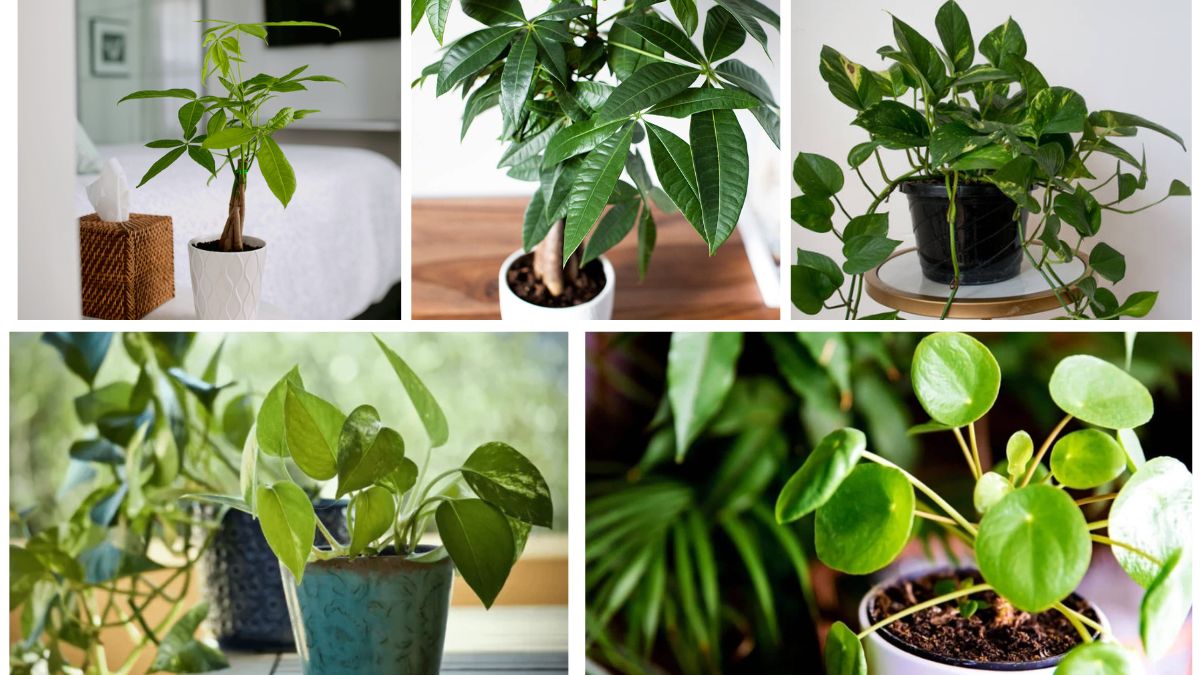The Money Plant (Epipremnum aureum), also known as pothos, devil’s ivy, or golden pothos, is one of the most popular indoor plants worldwide. It’s admired not only for its lush green, heart-shaped leaves but also for its reputation as a symbol of prosperity, good luck, and positive energy in many cultures. With the right care, a money plant can thrive both indoors and outdoors, bringing beauty and vibrancy to your space.
In this guide, we’ll cover everything you need to know about growing and maintaining a healthy money plant, from choosing the right location to watering, feeding, and propagation tips.
Introduction to Money Plant
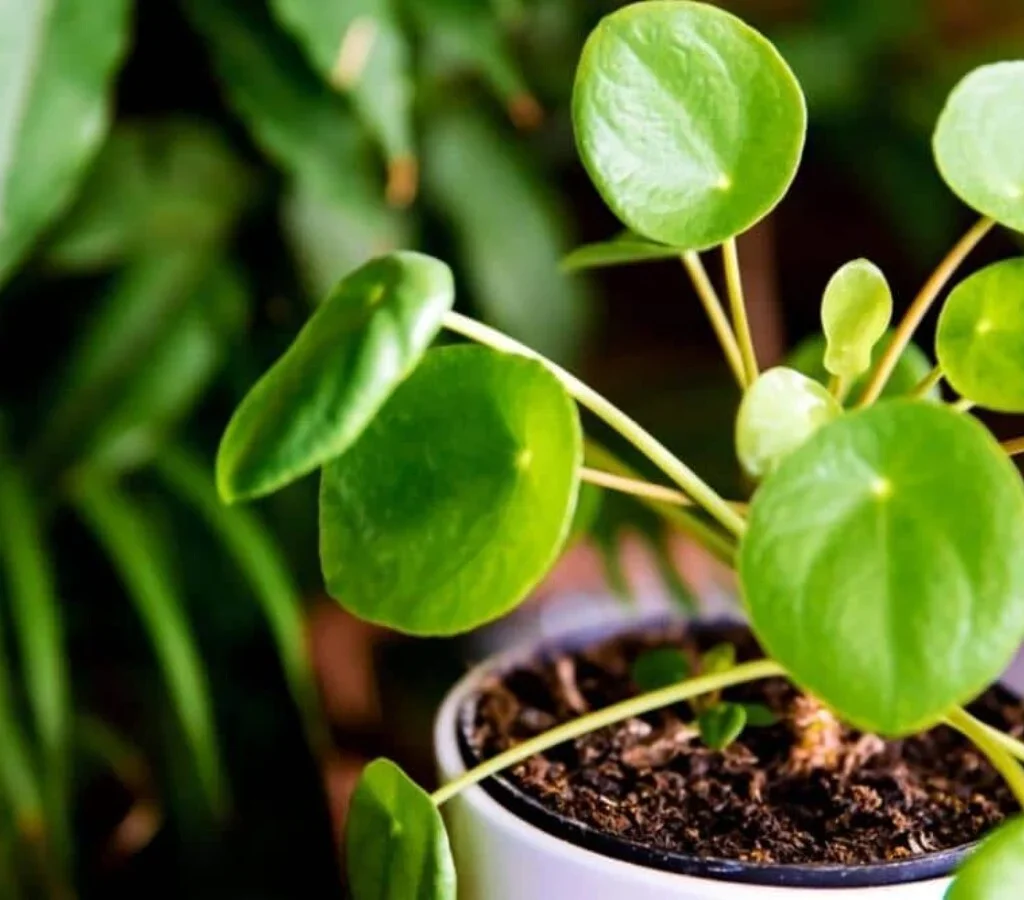
Money plants are evergreen climbers that adapt well to a wide range of conditions, making them perfect for beginner gardeners. They can grow in soil or even just water-filled containers. In homes and offices, they are often trained to climb trellises or grow gracefully from hanging baskets, adding a refreshing touch of greenery.
Symbolically, they are considered to bring wealth, harmony, and positive energy, especially when placed in the right direction according to Vastu Shastra or Feng Shui.
Ideal Growing Conditions
To keep your money plant thriving, you’ll need to provide it with conditions that mimic its natural tropical environment.
1. Light Requirements
- Money plants prefer bright, indirect sunlight.
- Too much direct sunlight can scorch the leaves, while very low light may slow down growth.
- Near a window with filtered light or in a well-lit room is ideal.
2. Temperature & Humidity
- Best temperature range: 18°C to 30°C (65°F – 85°F).
- They love warm and humid conditions.
- Keep away from cold drafts, air conditioners, and heaters.
3. Soil or Water Growing Medium
- In Soil: Use well-draining soil rich in organic matter. A mix of garden soil, sand, and compost works well.
- In Water: They can grow in bottles, jars, or vases filled with clean water. Just change the water every 7–10 days.
Watering the Money Plant
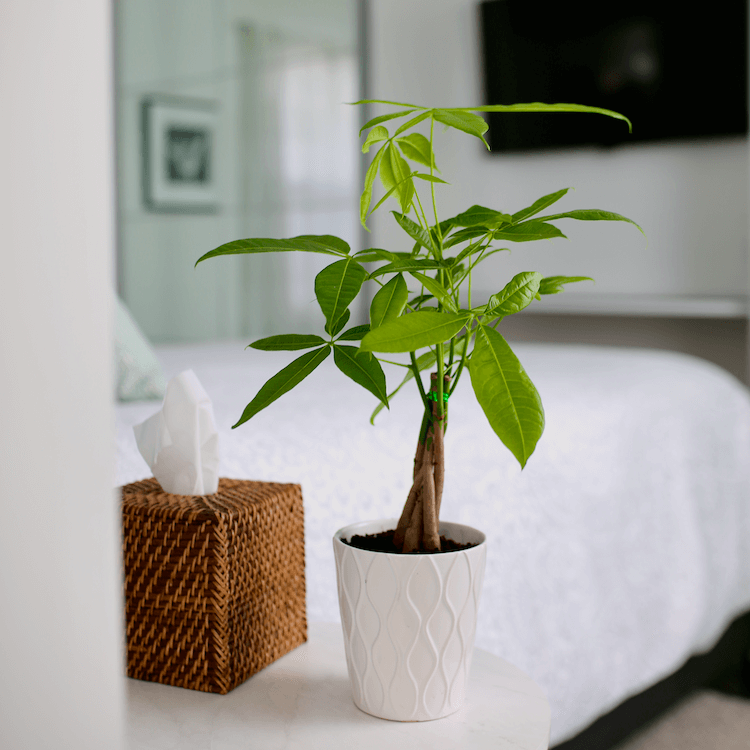
Watering is one of the most crucial aspects of care.
- In Soil: Water only when the top 1–2 inches of soil feel dry. Overwatering can lead to root rot.
- In Water: Ensure the roots are always submerged, and top up with fresh water regularly.
- Avoid letting the soil stay soggy. Good drainage is essential.
Pro Tip: Use room-temperature, non-chlorinated water for healthier growth.
Fertilizing the Plant
Feeding your money plant ensures vibrant leaves and healthy growth.
- Frequency: Fertilize once every 4–6 weeks during the growing season (spring and summer).
- Type: Use a balanced liquid fertilizer diluted to half strength.
- For water-grown plants, add a few drops of liquid fertilizer monthly.
Avoid over-fertilizing, as this can burn the roots and damage the plant.
Pruning and Training
Pruning helps maintain shape and encourages new growth.
- Trim yellow or dead leaves regularly.
- Pinch off long trailing stems to encourage bushier growth.
- If you want the plant to climb, provide a moss stick, trellis, or wall support.
Money plants can grow as long vines or compact indoor shrubs, depending on how you train them.
Propagation Tips
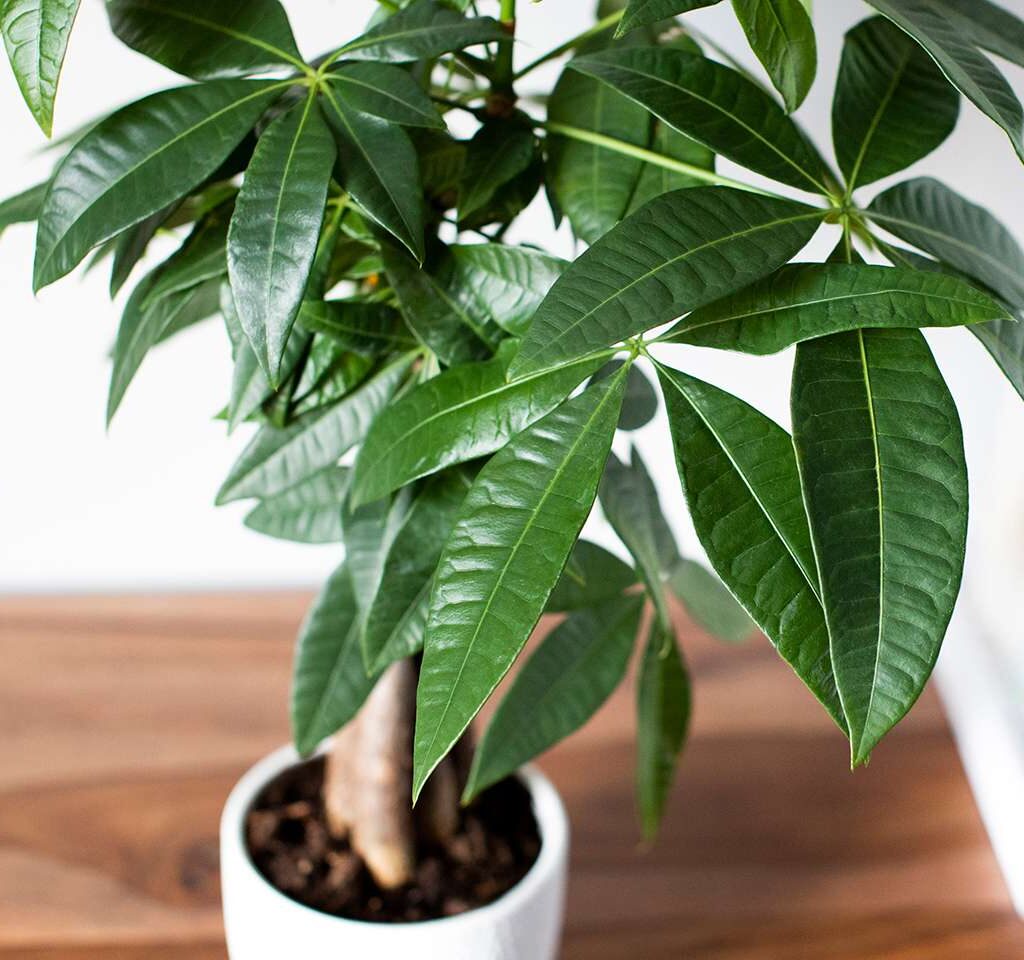
One of the best things about money plants is how easy they are to propagate.
- Step 1: Cut a healthy stem below a node (where the leaf meets the stem).
- Step 2: Place the cutting in water or moist soil. Ensure at least one node is submerged.
- Step 3: Roots usually appear within 1–2 weeks.
- Step 4: Once established, you can transfer the cutting to a pot or let it keep growing in water.
This makes money plants a great gift to share with friends and family.
Common Problems and Solutions
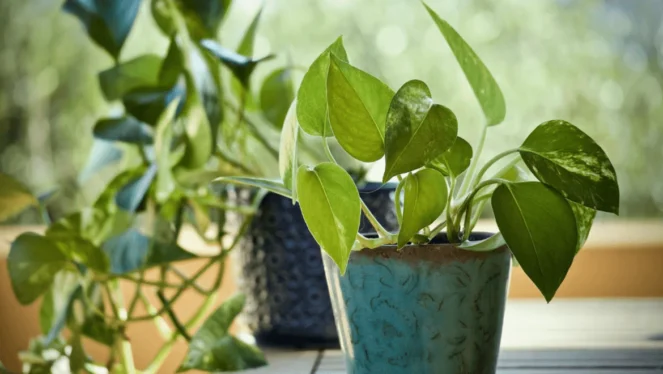
Even though money plants are hardy, they can face a few issues.
- Yellow Leaves: Usually due to overwatering. Let soil dry before watering again.
- Brown Leaf Tips: Caused by low humidity or excess fertilizers. Mist the plant or adjust feeding.
- Slow Growth: May indicate poor light or lack of nutrients. Move to a brighter spot and fertilize lightly.
- Pests (Mealybugs, Aphids, Spider Mites): Wipe leaves with neem oil or soapy water.
Placement for Prosperity and Positive Energy
According to Feng Shui and Vastu, the direction of placement matters:
- Southeast Corner: Brings prosperity and wealth.
- East Direction: Promotes health and harmony.
- Avoid placing the plant in the Northwest corner, as it is believed to cause financial instability.
Hanging baskets, shelves, or glass bottles near windows make beautiful decorative displays.
Benefits of Growing a Money Plant
- Air Purification: Removes toxins like formaldehyde, benzene, and carbon monoxide.
- Stress Relief: Indoor greenery improves mood and reduces anxiety.
- Symbol of Wealth: Enhances positive energy in living spaces.
- Low Maintenance: Perfect for busy lifestyles and beginner gardeners.
- Decorative Value: Beautifies homes, offices, and gardens with minimal care.
Final Thoughts

The money plant is more than just a decorative indoor vine—it’s a low-maintenance companion that symbolizes growth, luck, and abundance. With the right care—moderate light, occasional watering, and occasional pruning—your money plant can thrive beautifully for years.
Whether grown in soil or water, indoors or outdoors, this versatile plant will reward you with vibrant greenery and a refreshing atmosphere.
So, if you’re looking for a plant that brings both aesthetic beauty and positive vibes, the money plant is a perfect choice.
